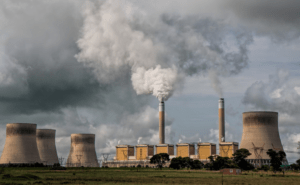The EEA briefing, ‘’, says actions like reducing the use of concrete, cement and steel in the building sector can cut materials-related greenhouse gas emissions by 61% over a building’s life cycle stages until 2050.
The briefing is based on a study commissioned by the EEA, which looks at the role that specific actions towards a more circular economy can play in reducing emissions. The EEA assessment presents a new methodological approach which can help identify and prioritise circular efforts that can contribute to reducing emissions in any sector. It was developed by the EEA together with a consortium of European experts.
The study found that each of a building’s life cycle stages — from design, production and use to demolition and waste management — offers rich opportunity for greater circularity and emission reductions.
The background study prepared for the EEA cites that up to two thirds of global greenhouse gas emissions are related to flows of materials, and how we source, consume and dispose of them. This makes it an important area for further reductions. Circular economy actions can substantially contribute to reduce these emissions. Making buildings more circular over their life cycle means designing and using them more efficiently, making them last longer, as well as reusing and recycling building materials instead of sourcing new ones.







Leave a Reply